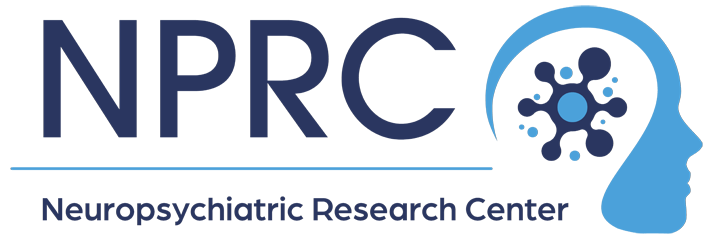Clinical Trial Phases
Clinical trials are conducted in phases. The trials at each phase have a different purpose and help scientists answer different questions. Potential treatments are studied in laboratory animals first to determine potential toxicity before they are tried in humans. Treatments having acceptable safety profiles and showing the most promise may then be considered for use in human clinical trials. It is not known whether a potential treatment offers benefits to patients until the clinical research is complete. Clinical trials are an integral part of new product discovery and development and are generally required by the U.S. Food and Drug Administration (FDA) before a new product can be brought to the market.
- Phase I: investigational study drug or treatment is tested in a small group of people without the disease (20-80) to evaluate its safety, determine dosage and identify side effects.
- Phase II: investigational study drug or treatment is tested in a larger group of people (24-300) to evaluate its safety and effectiveness.
- Phase III: investigational study drug or treatment is tested in a large group of people (200-3,000) to confirm its effectiveness, monitor side effects, compare existing treatments and improve safety. If successful, a New Drug Application (NDA) is presented to the FDA with supportive data. A successful review leads to availability of the drug to the public.
- Phase IV: studies on a drug already on the market usually examining new indications




